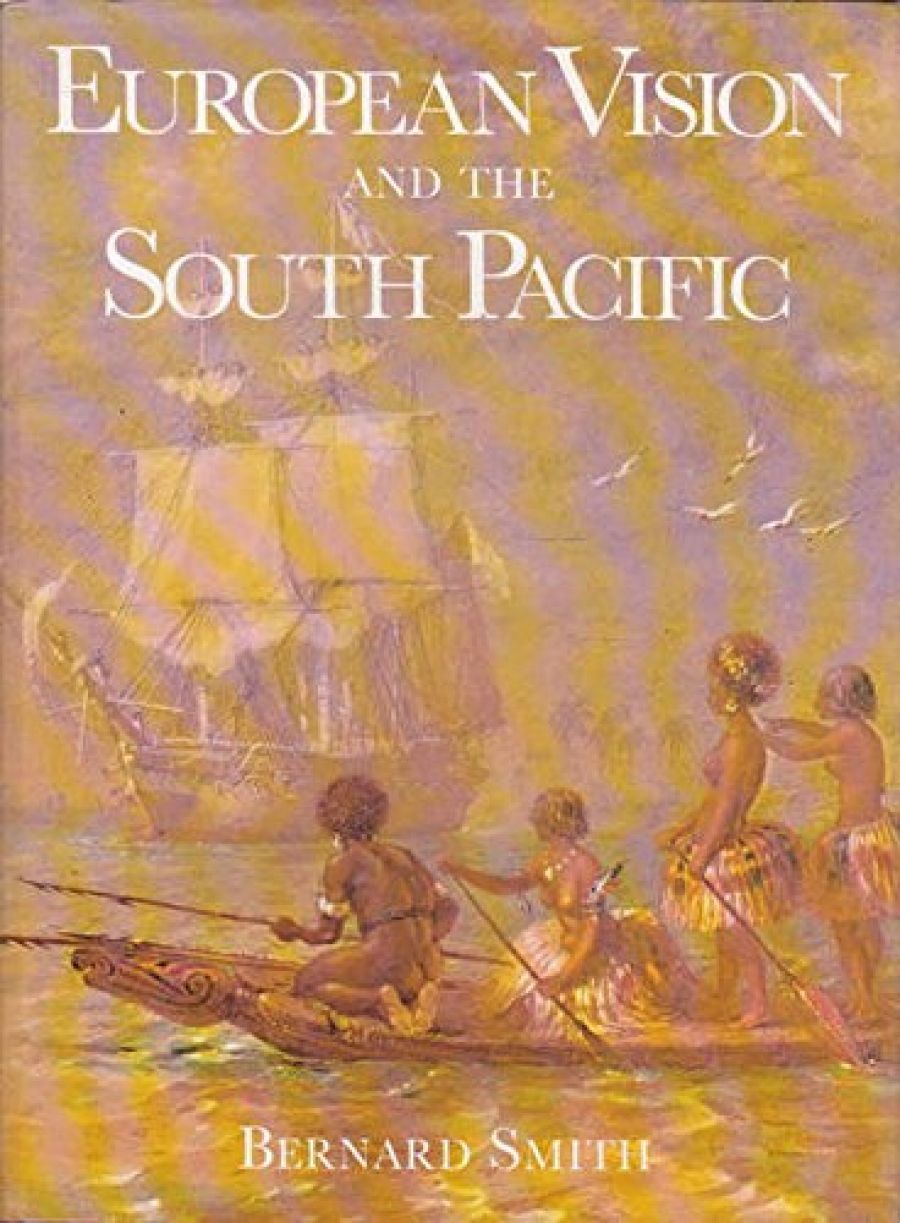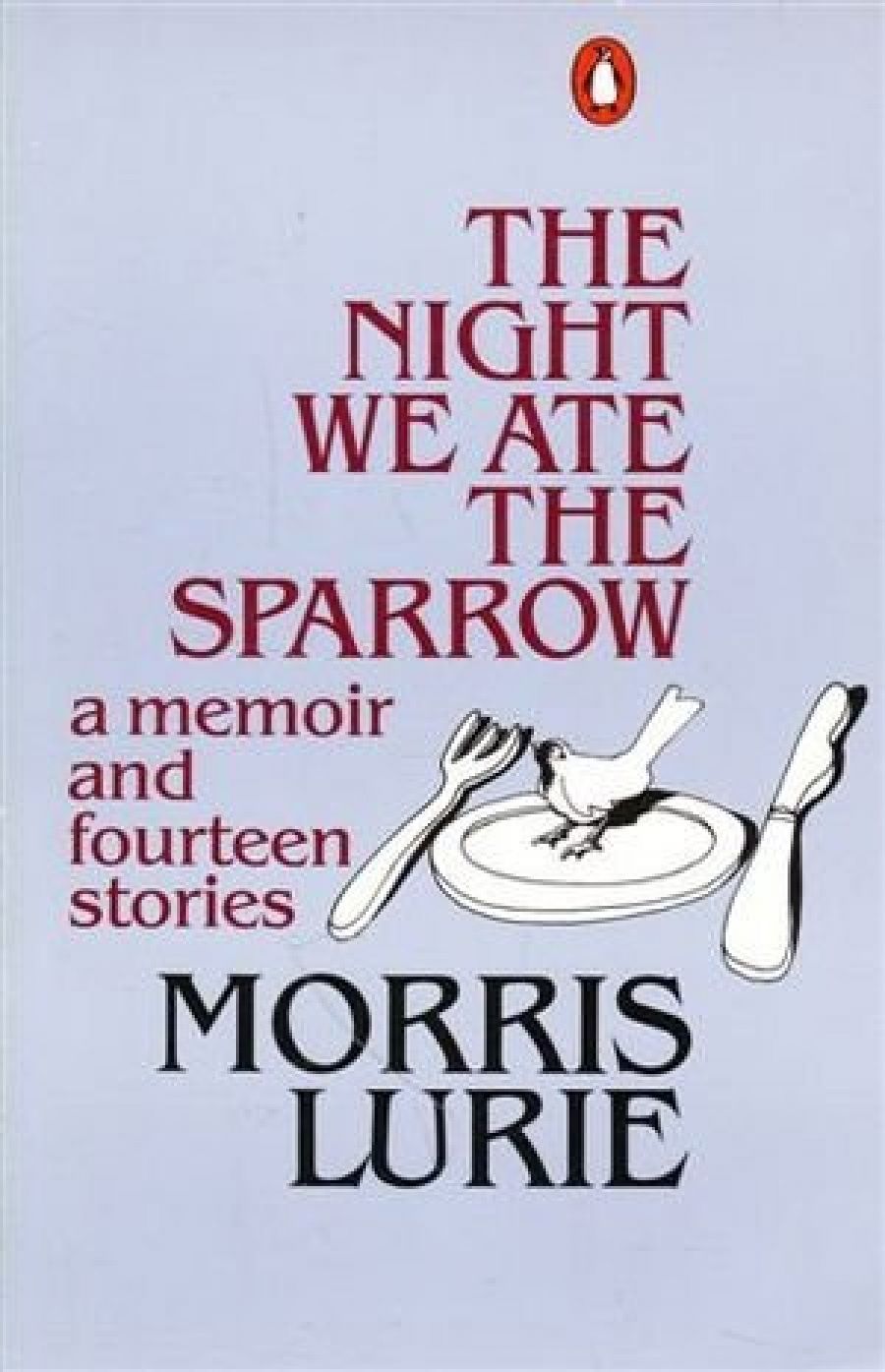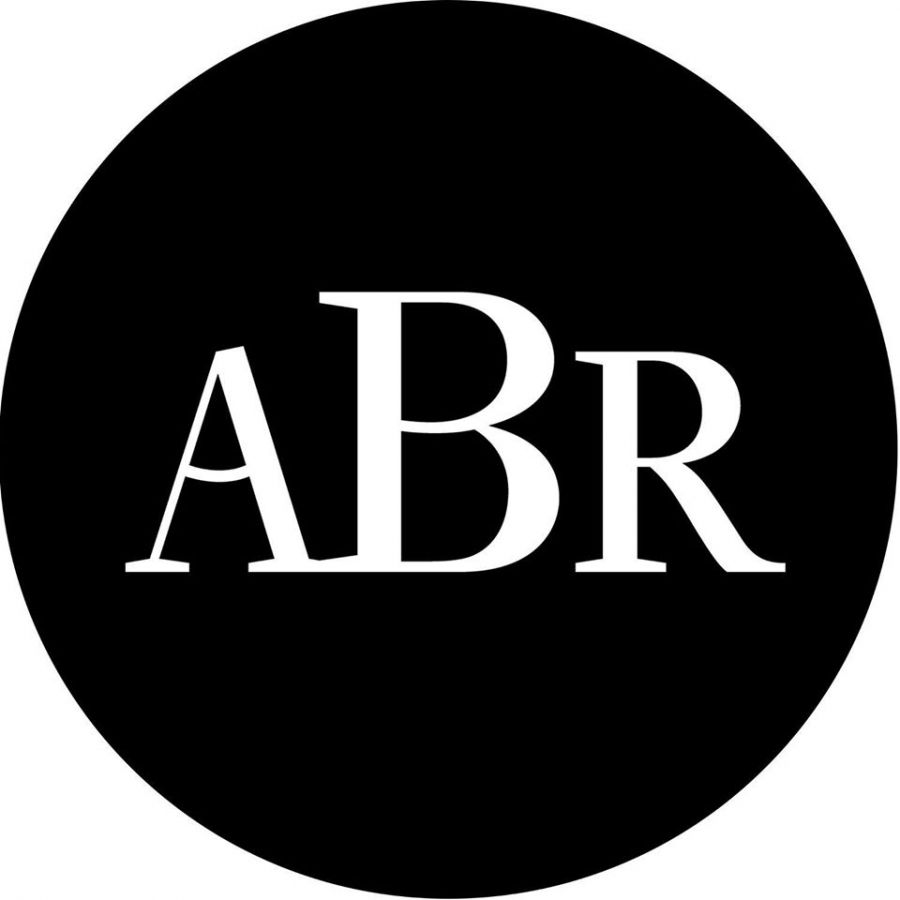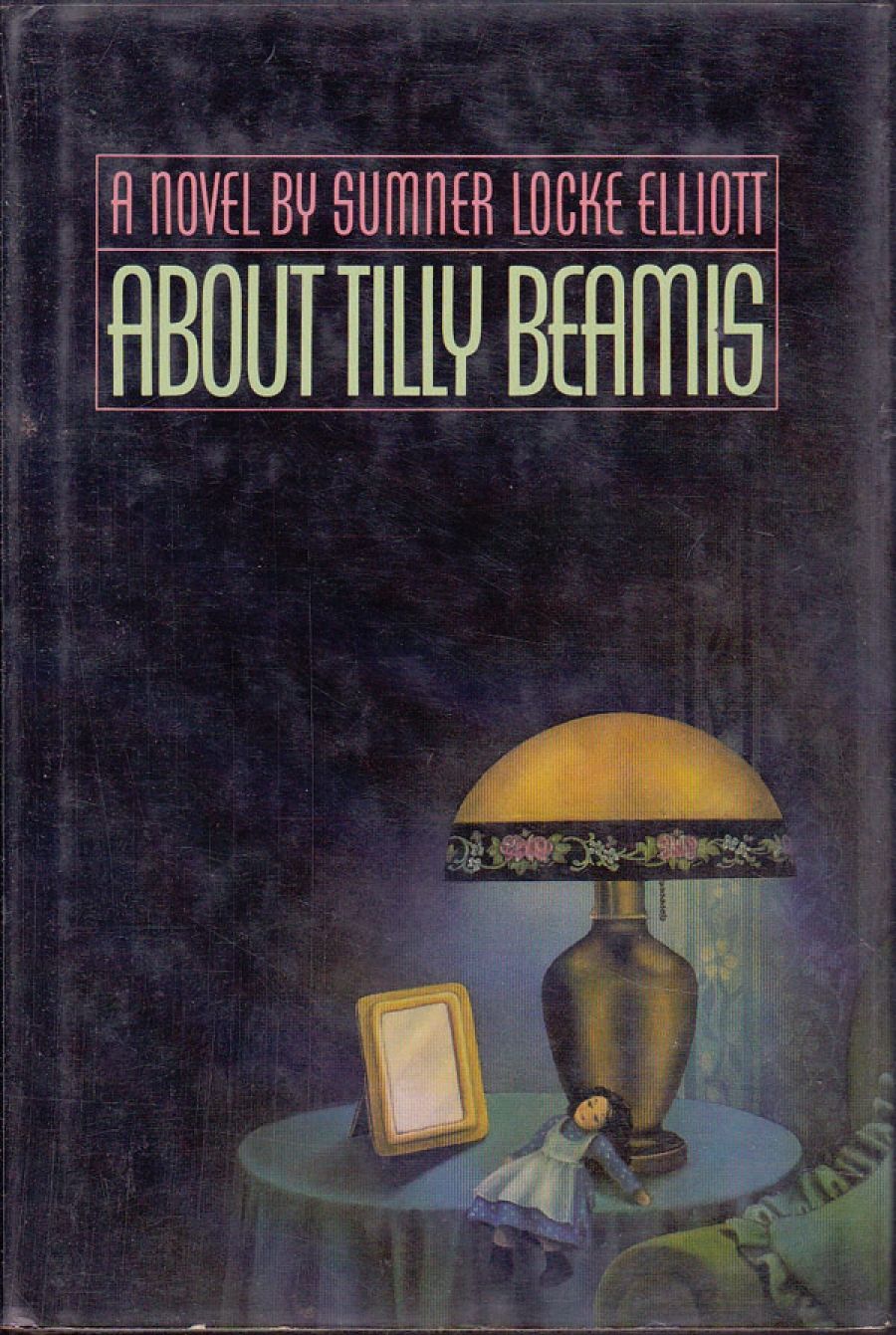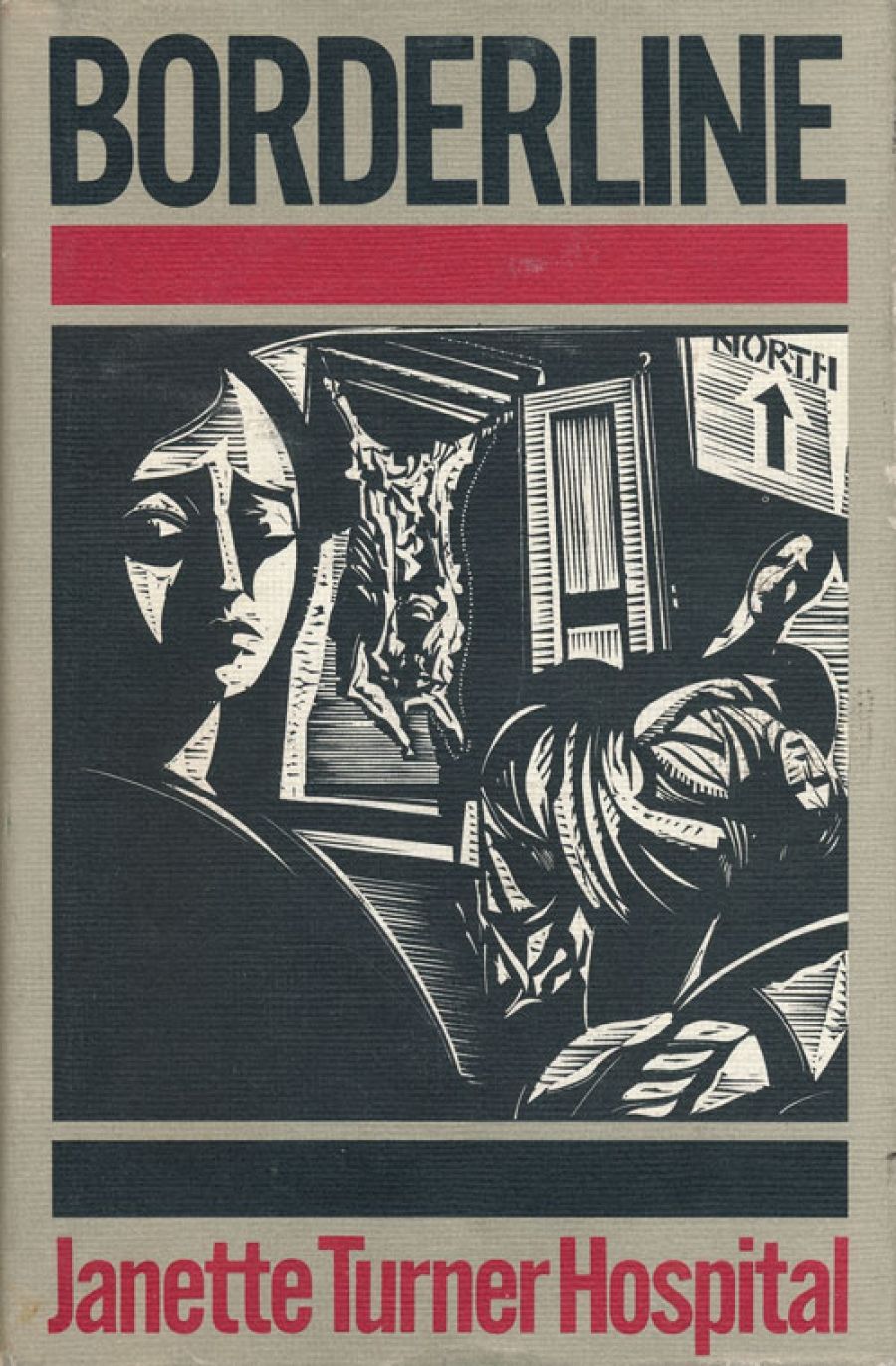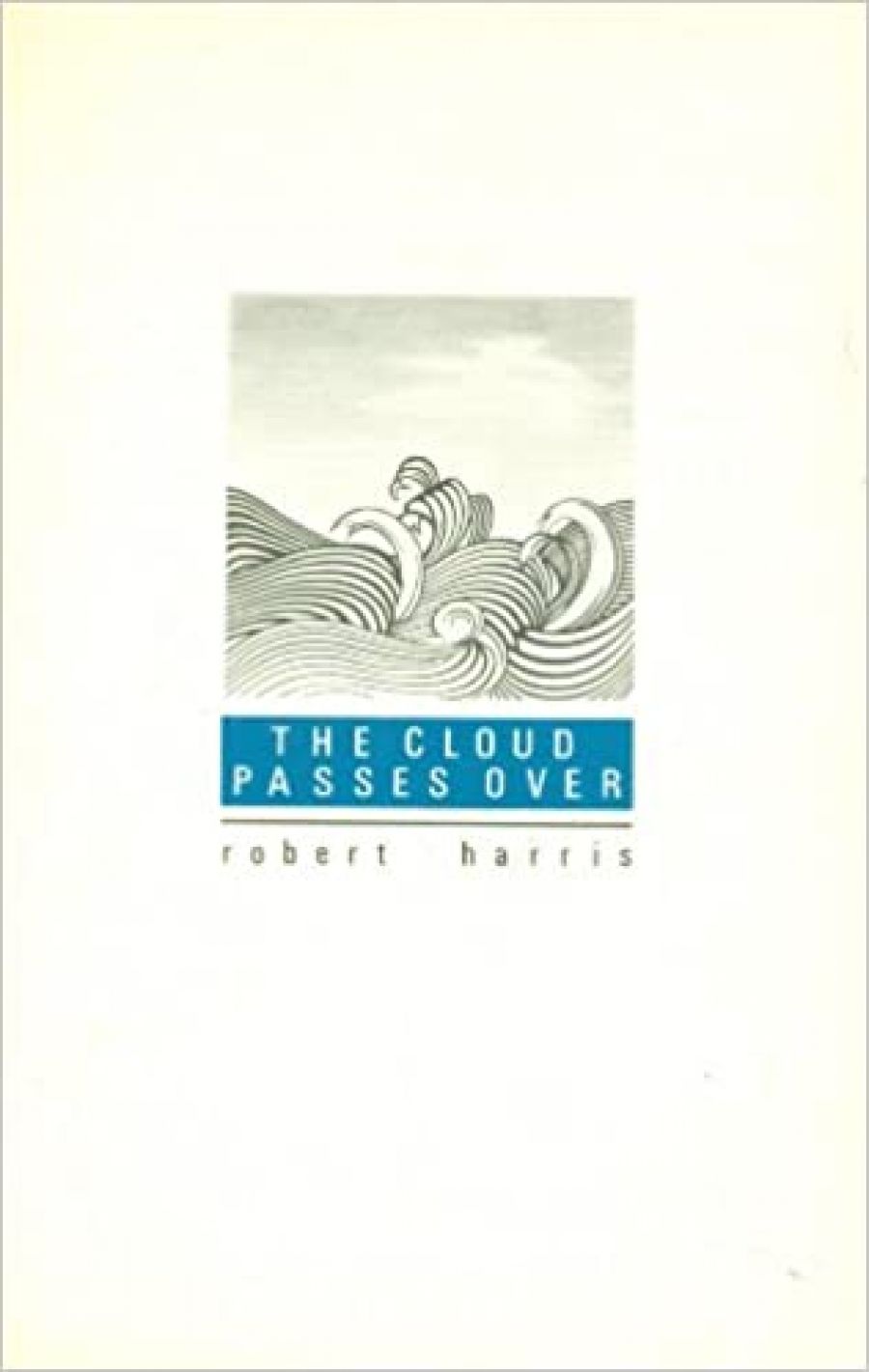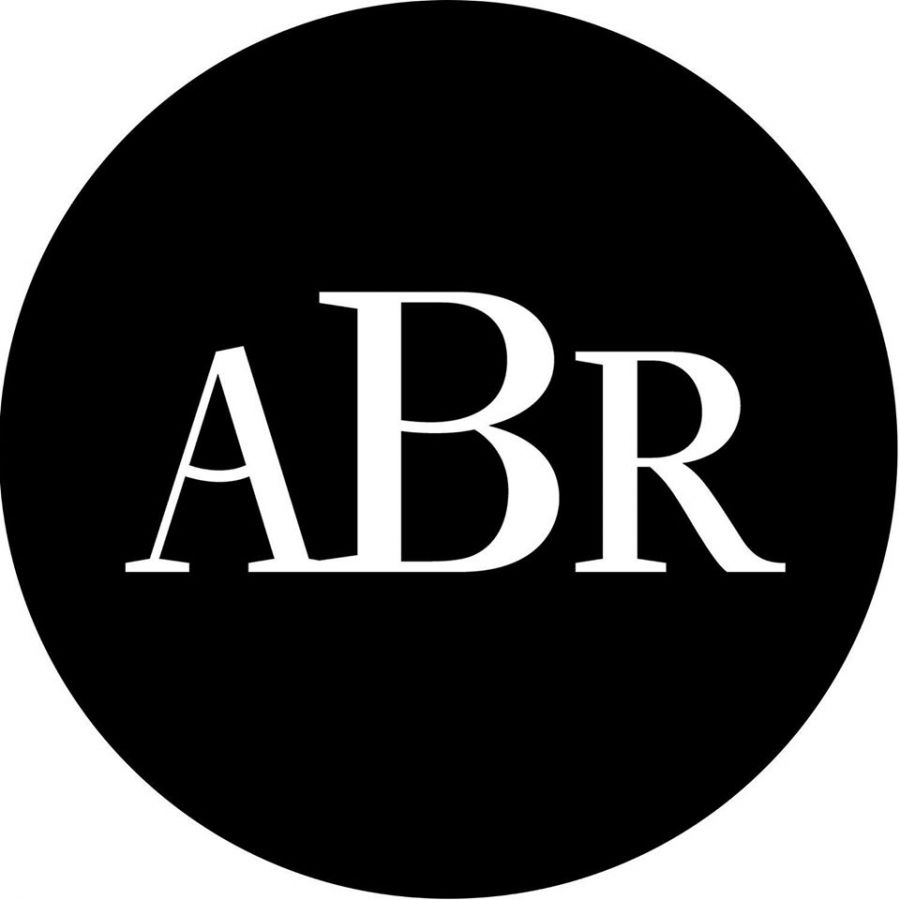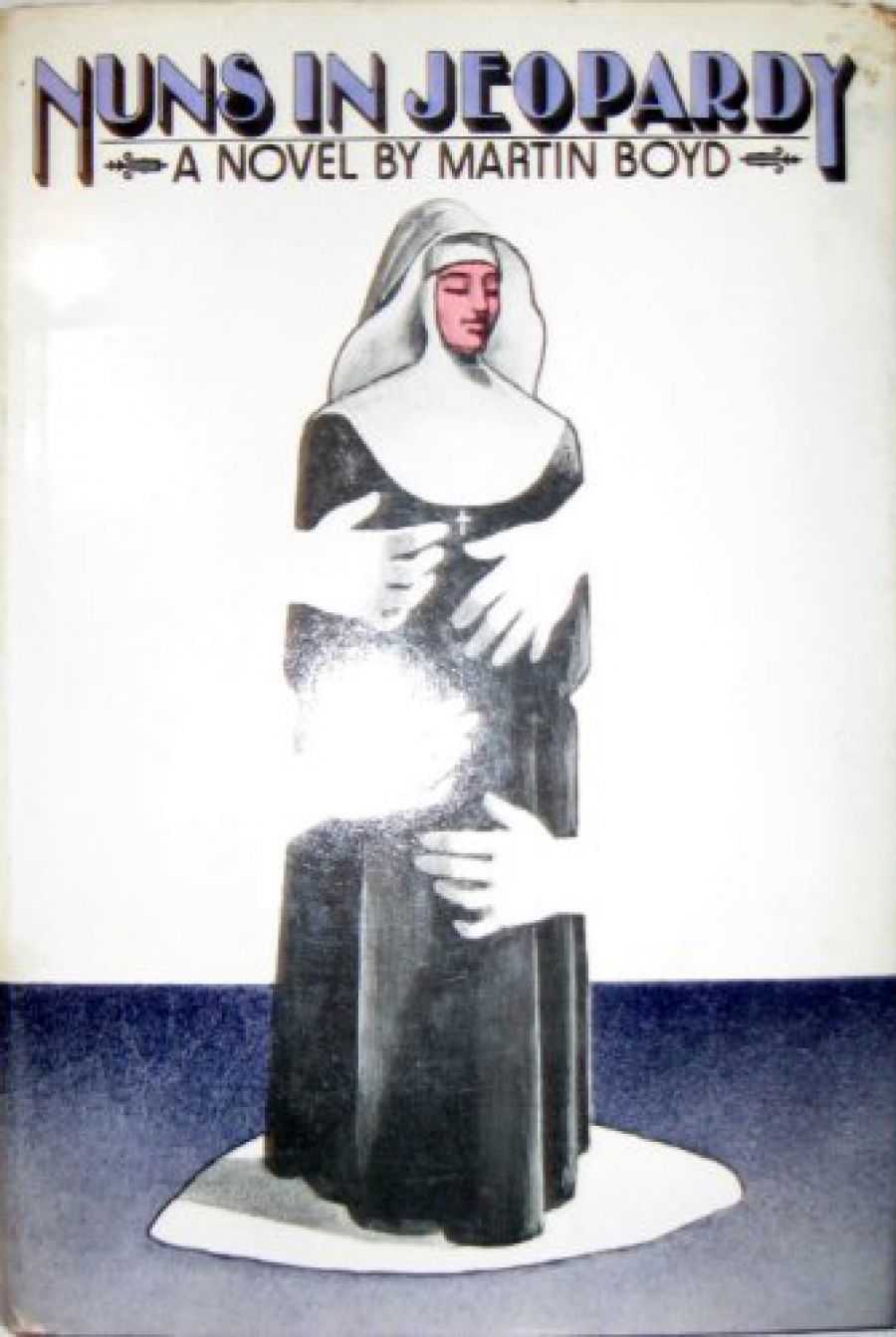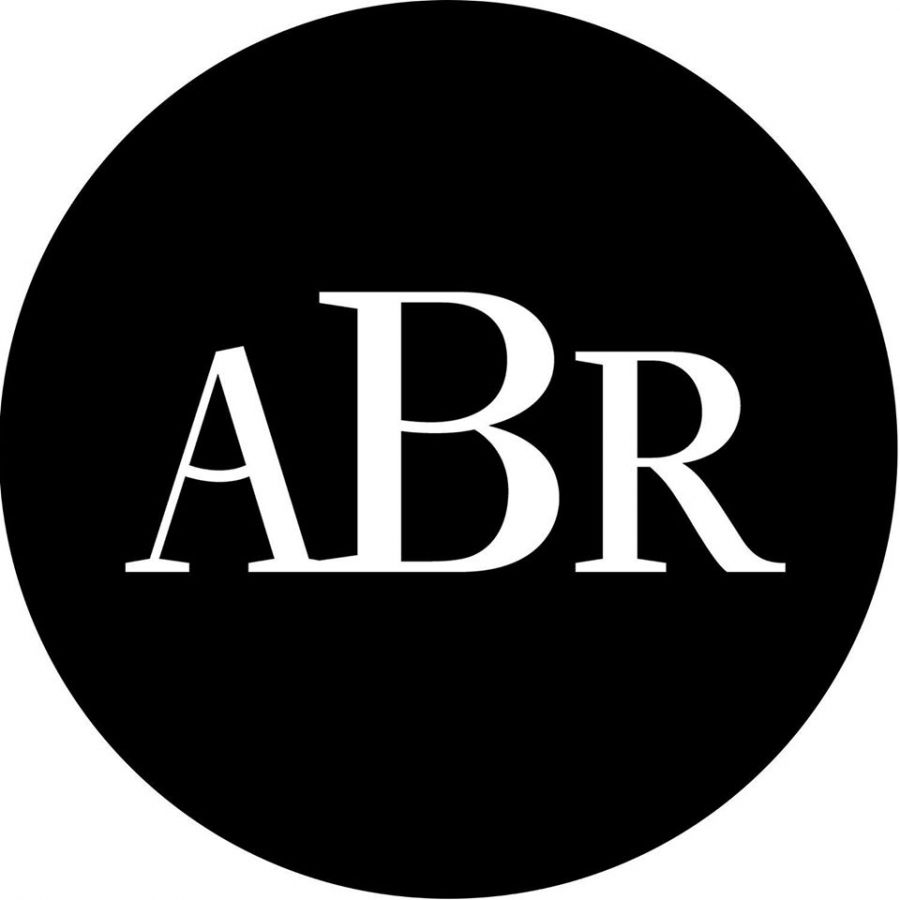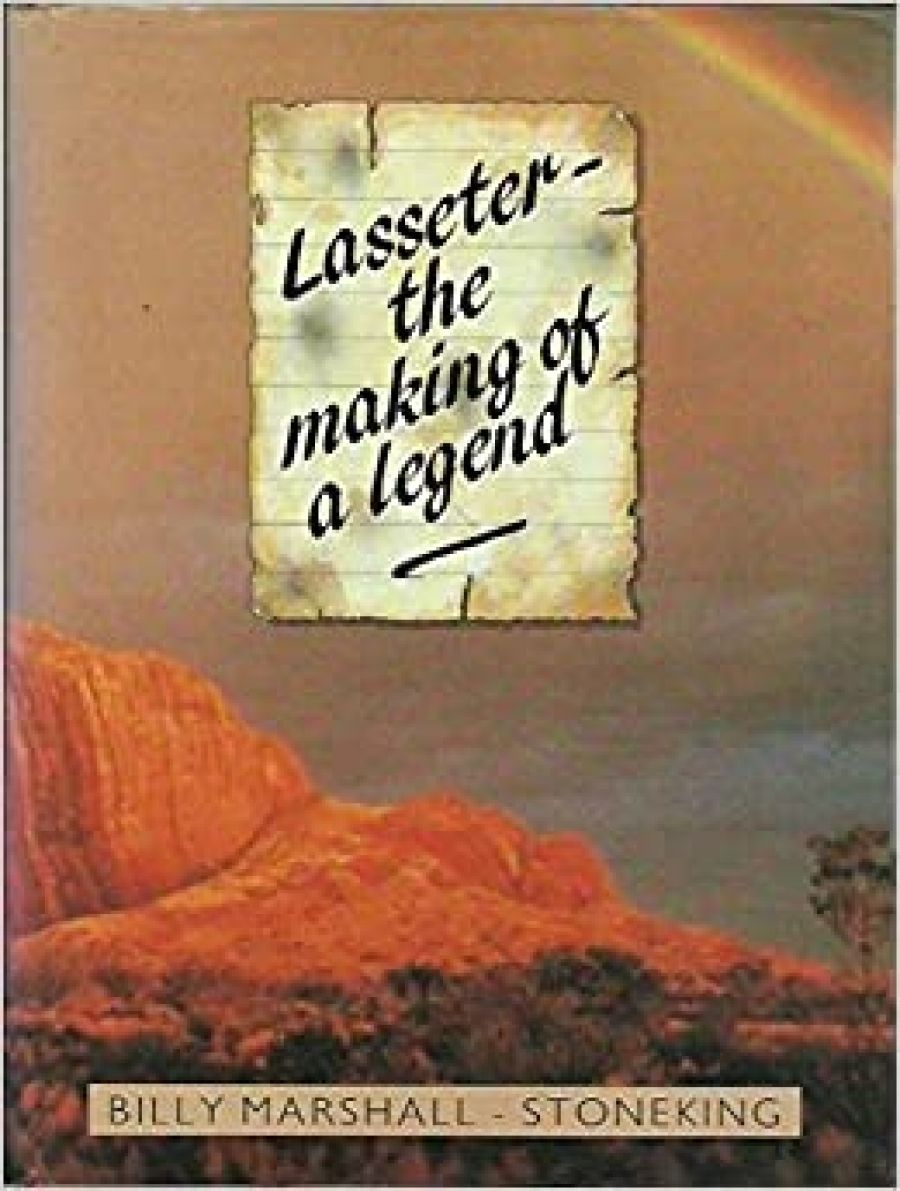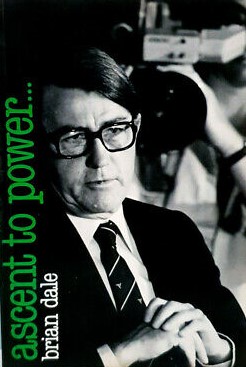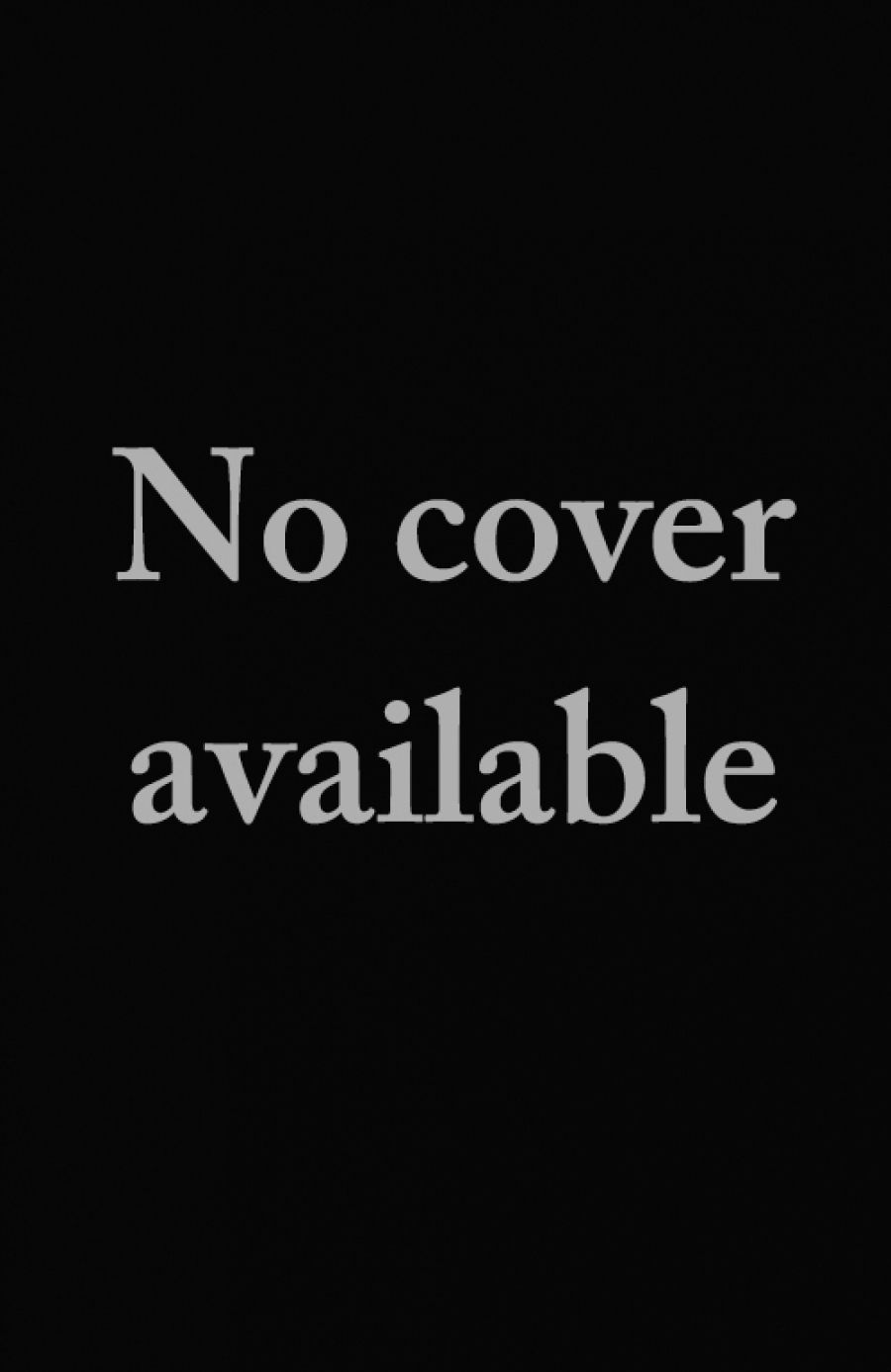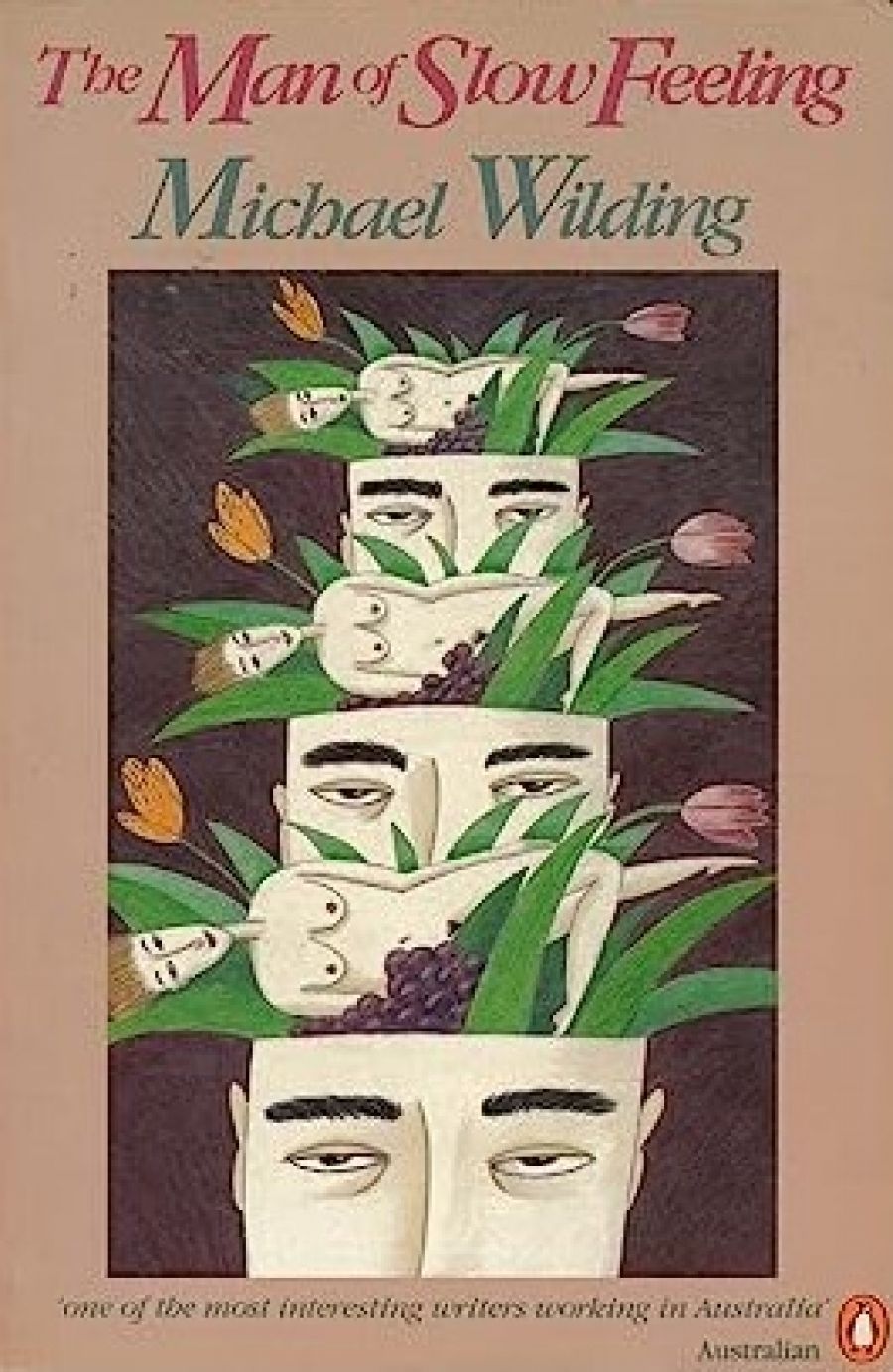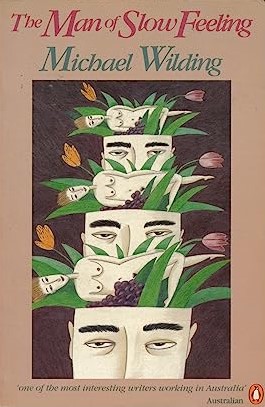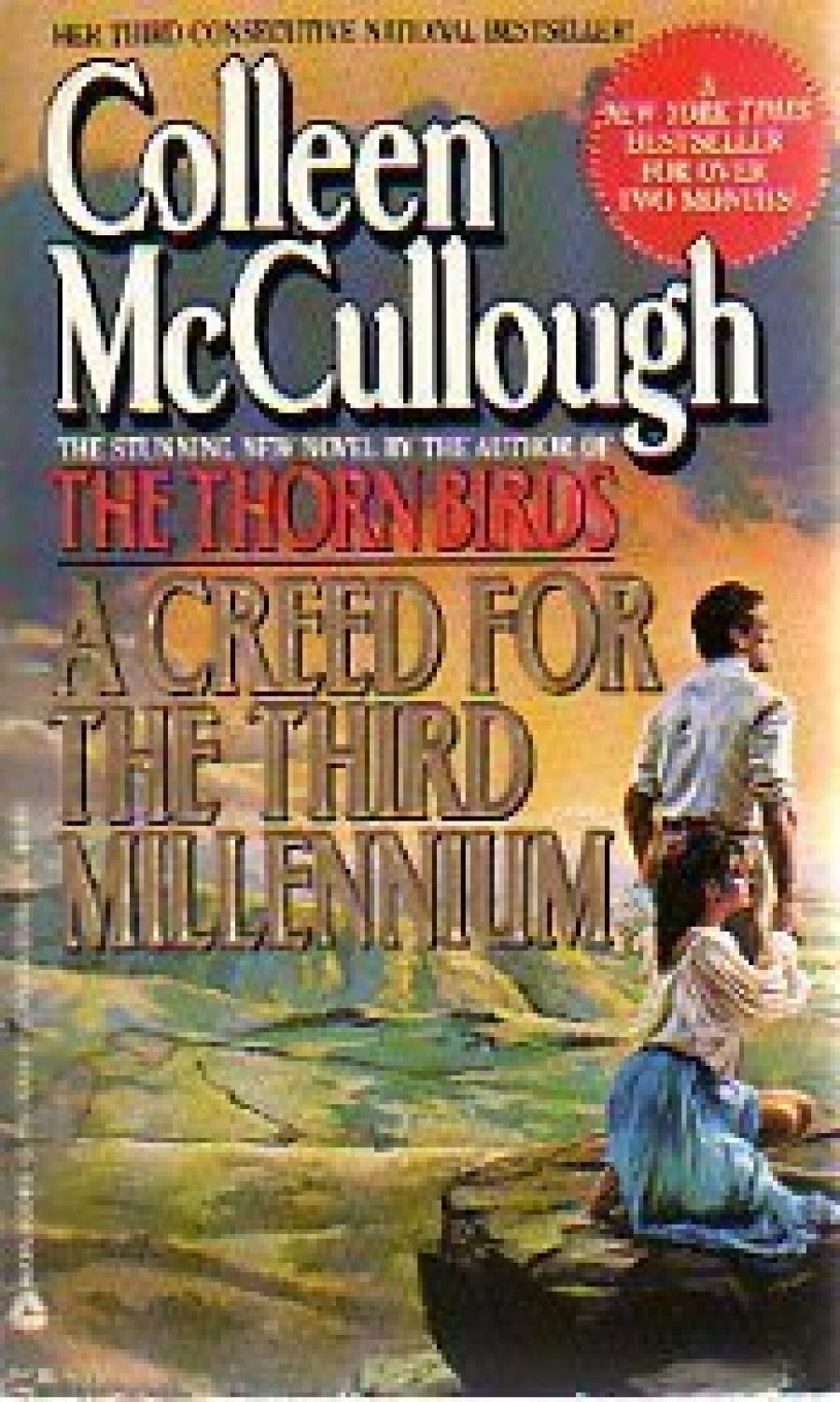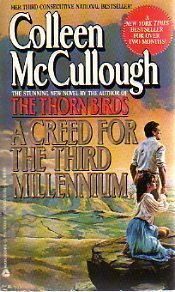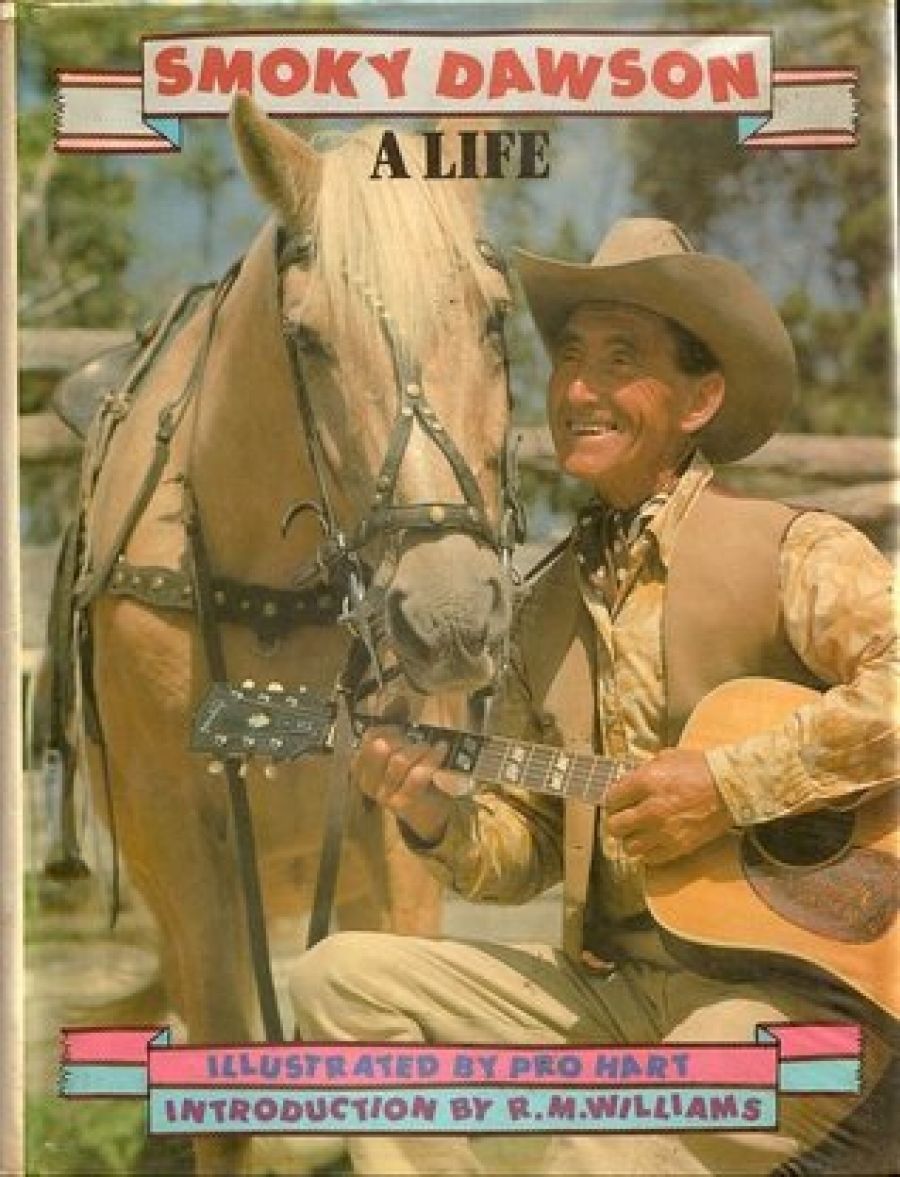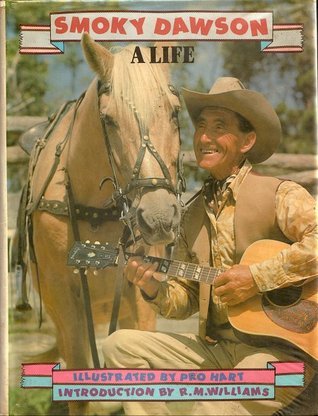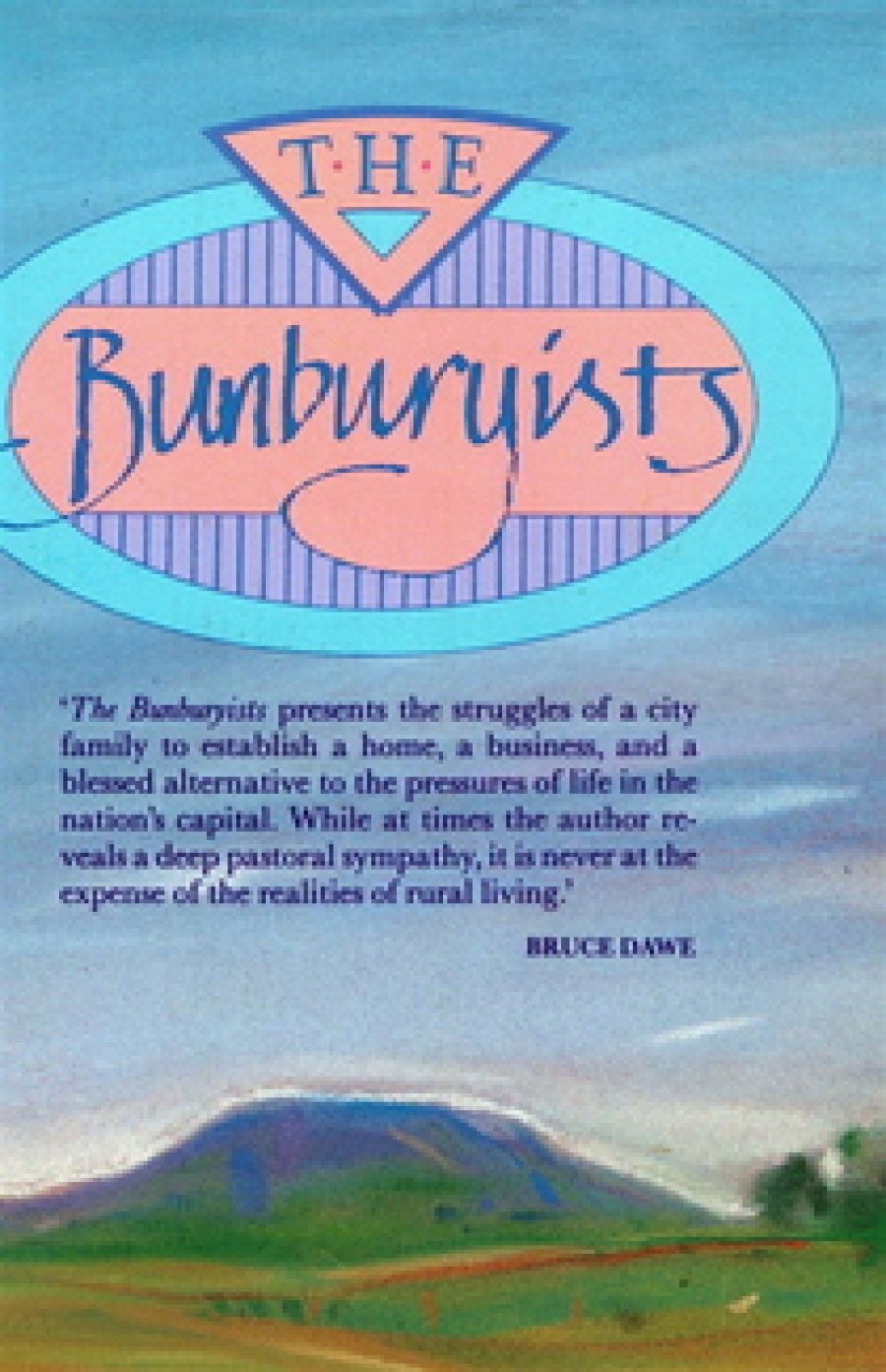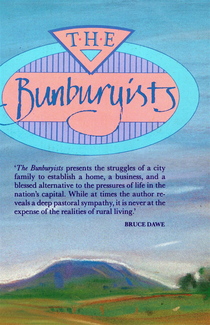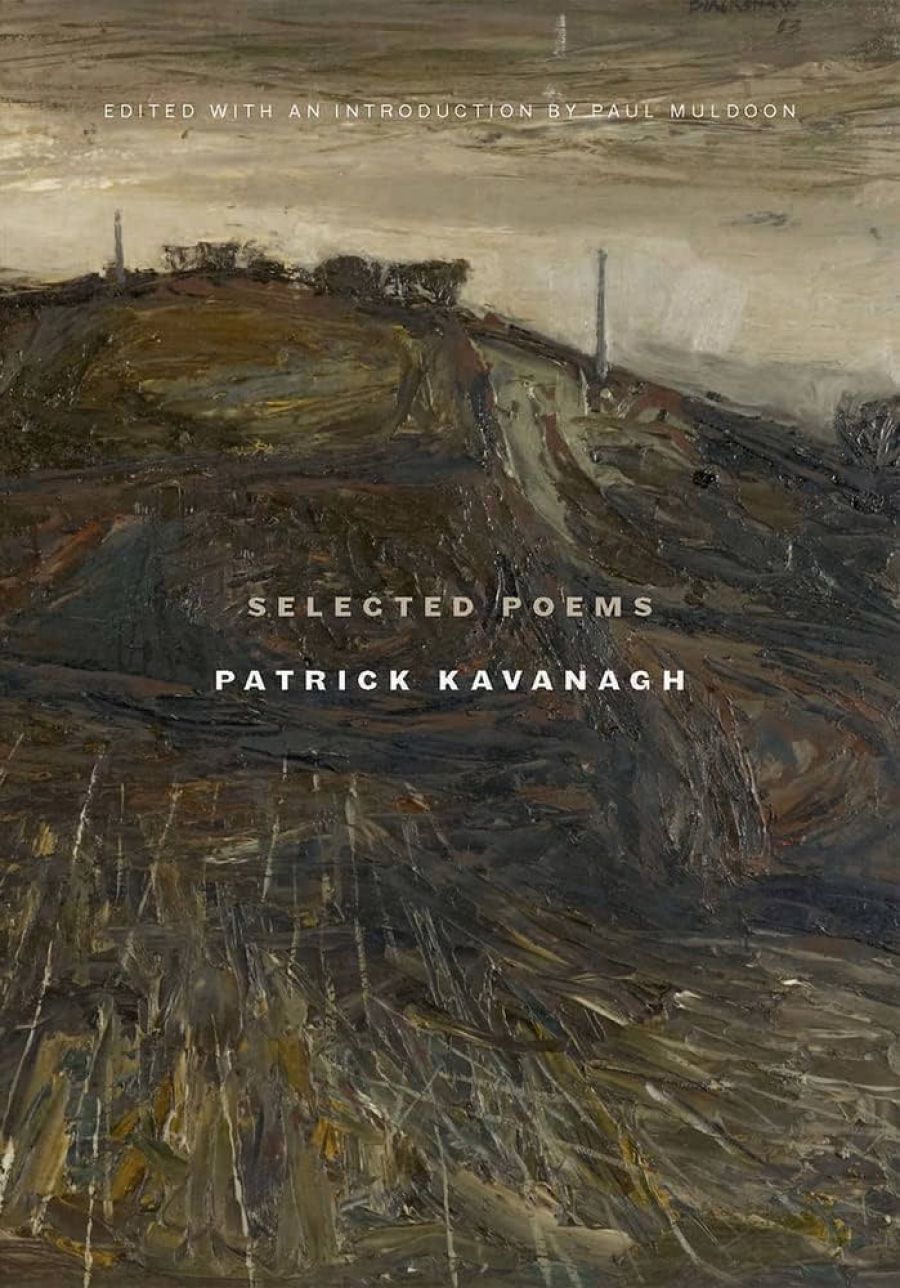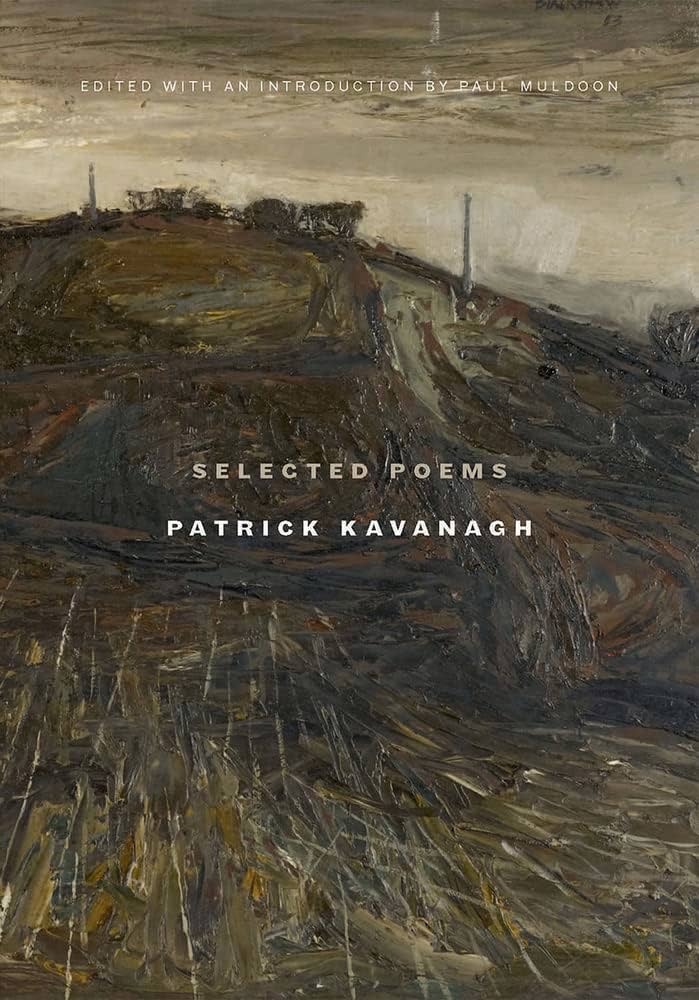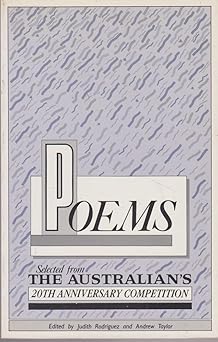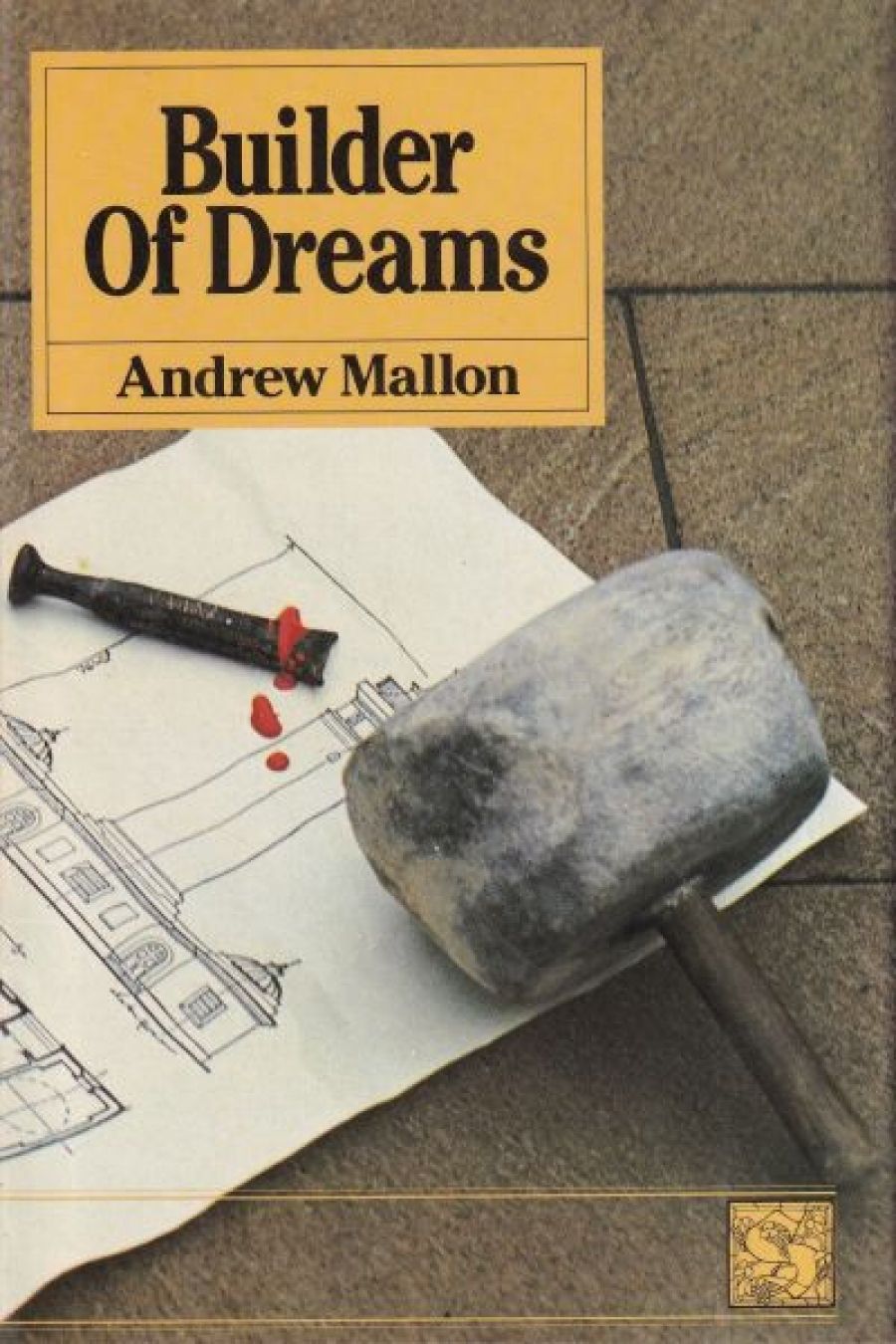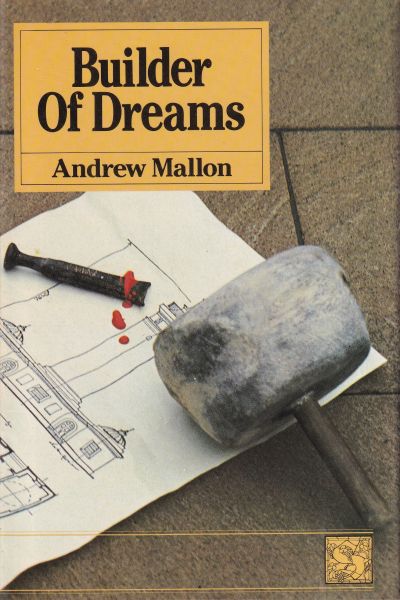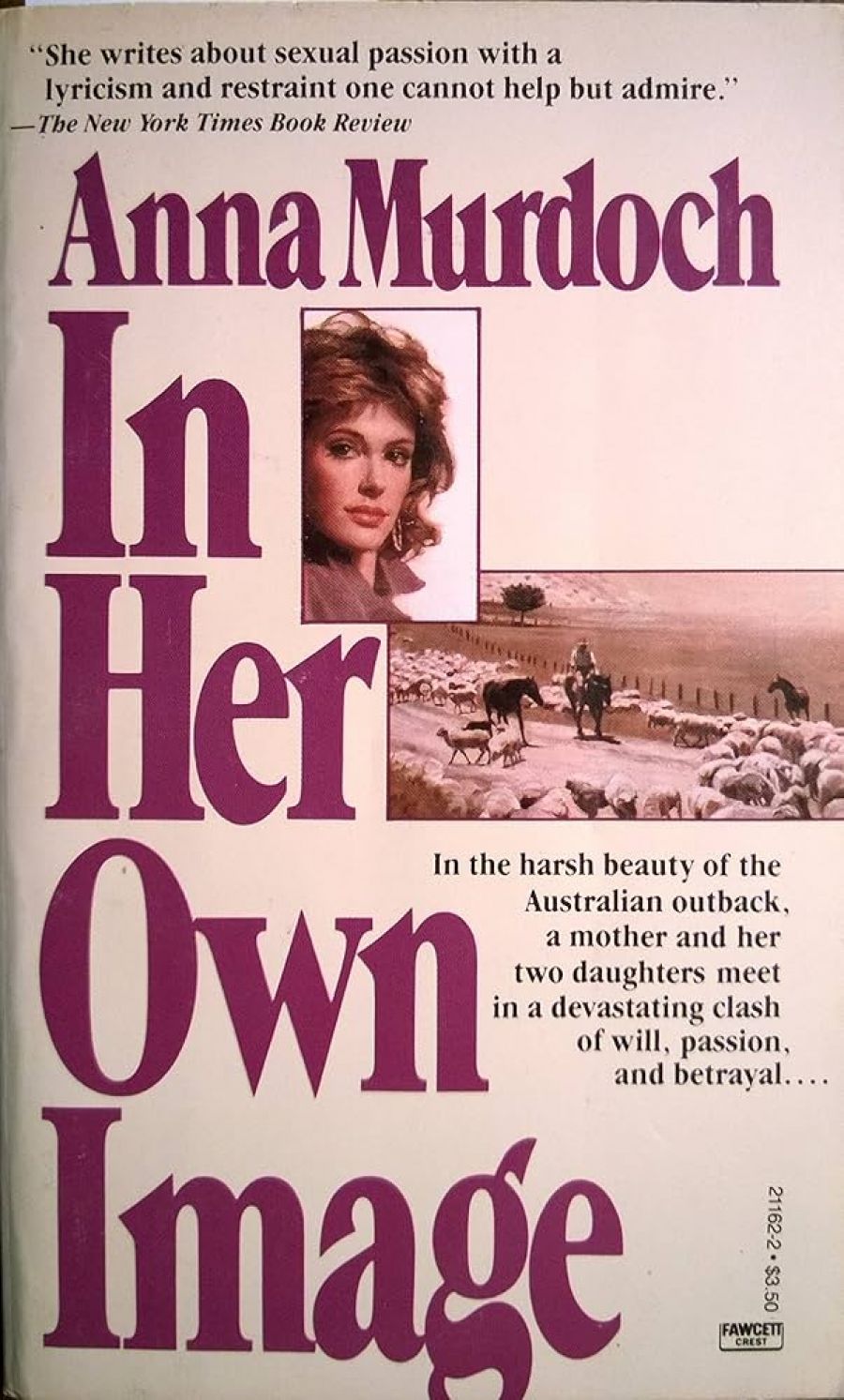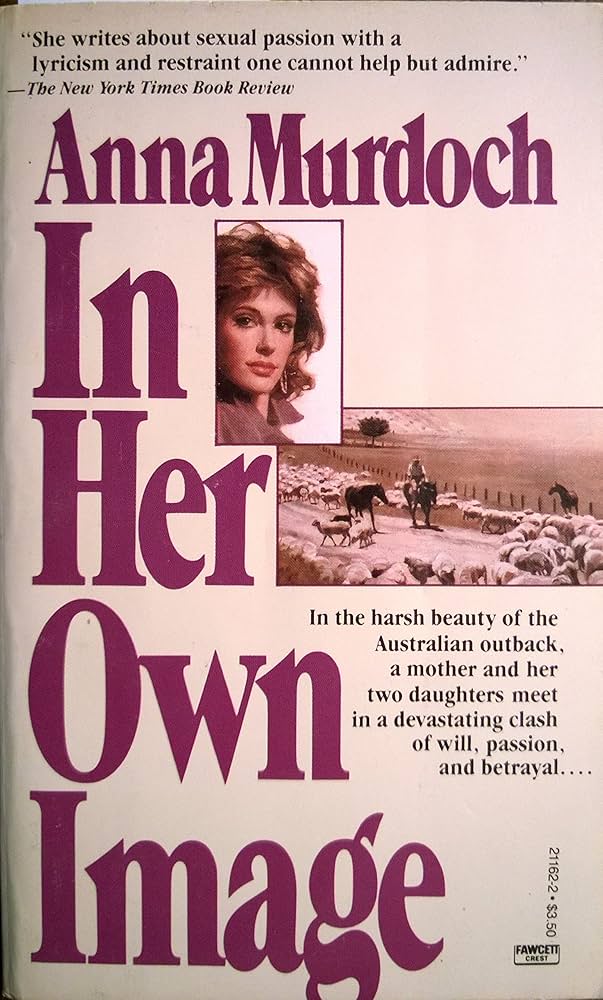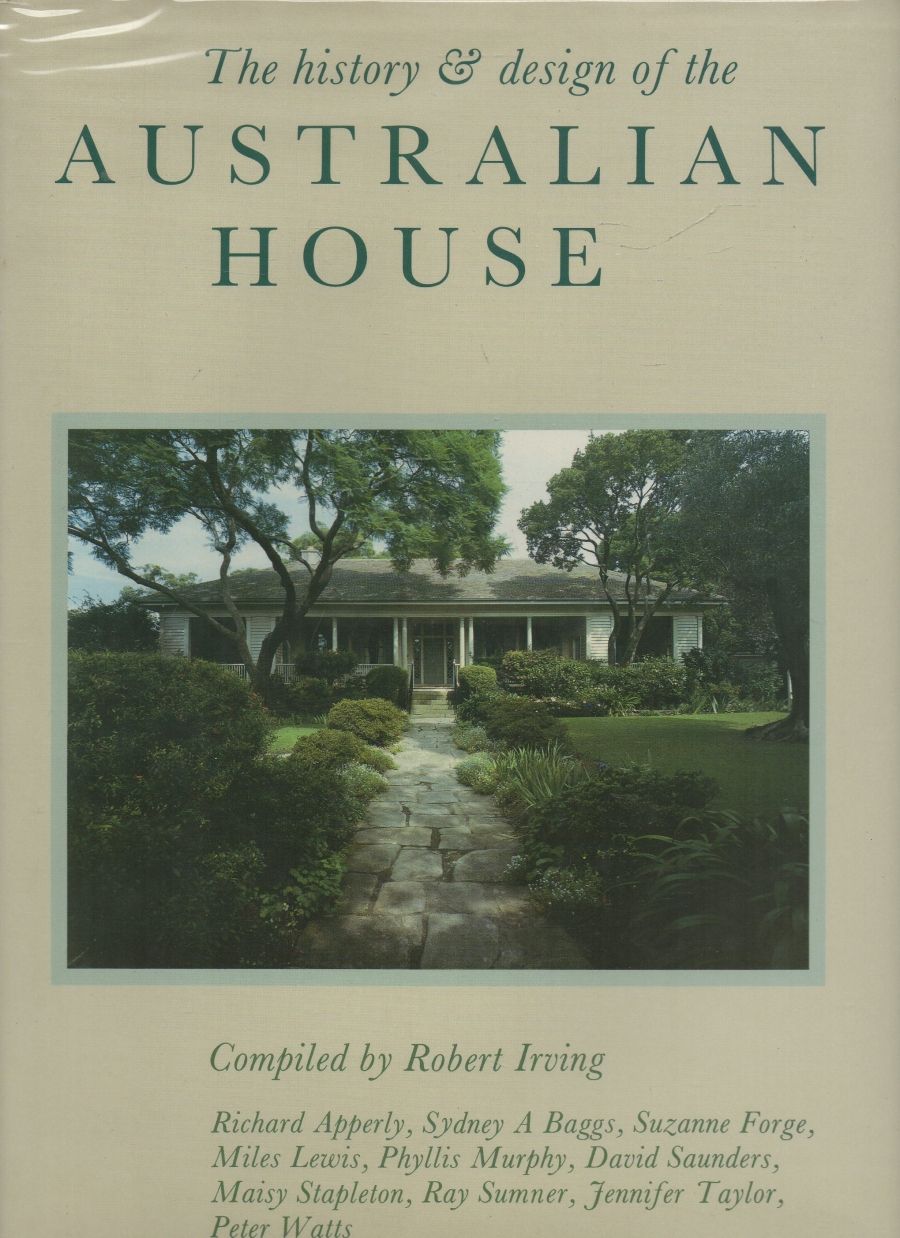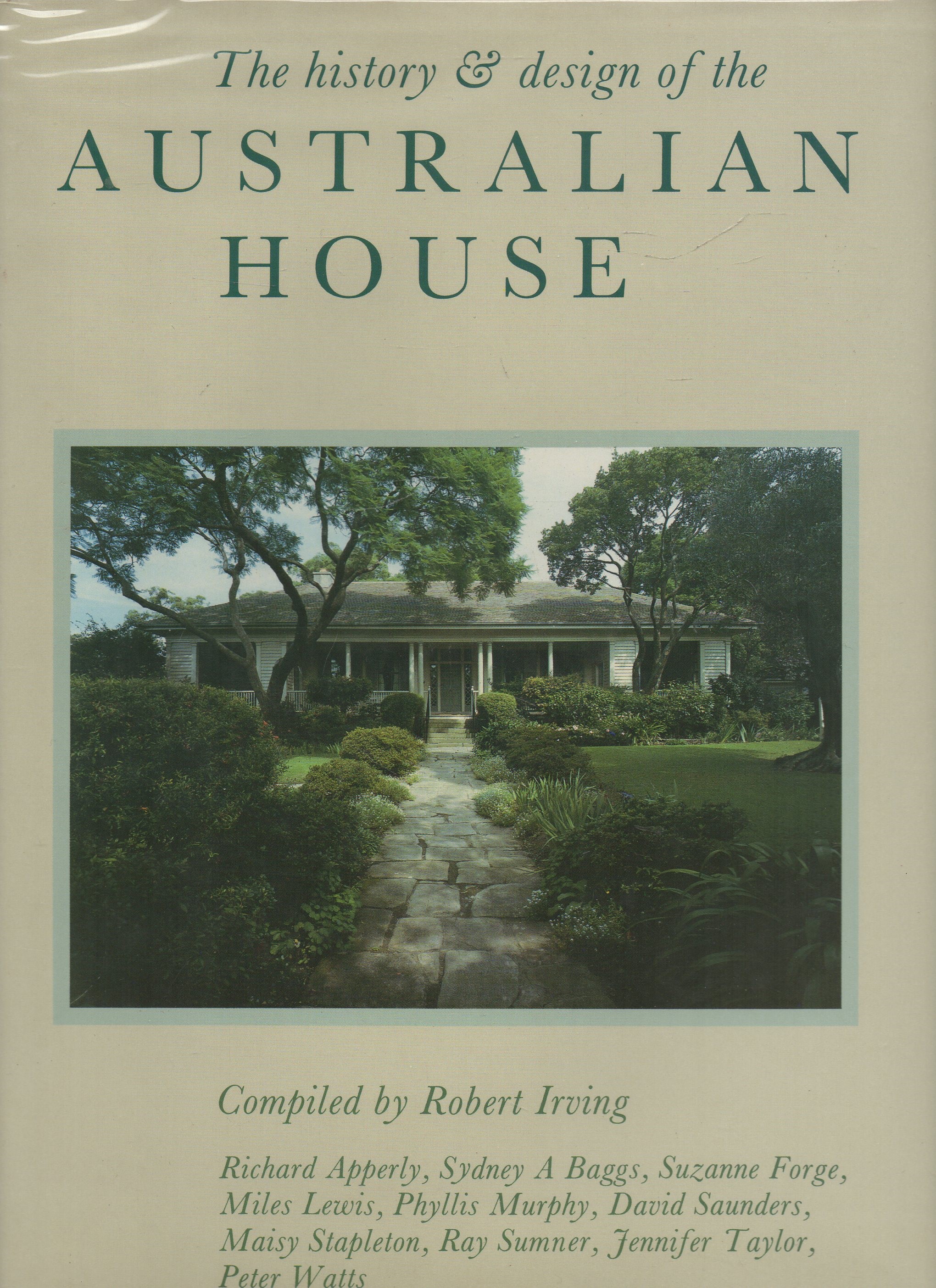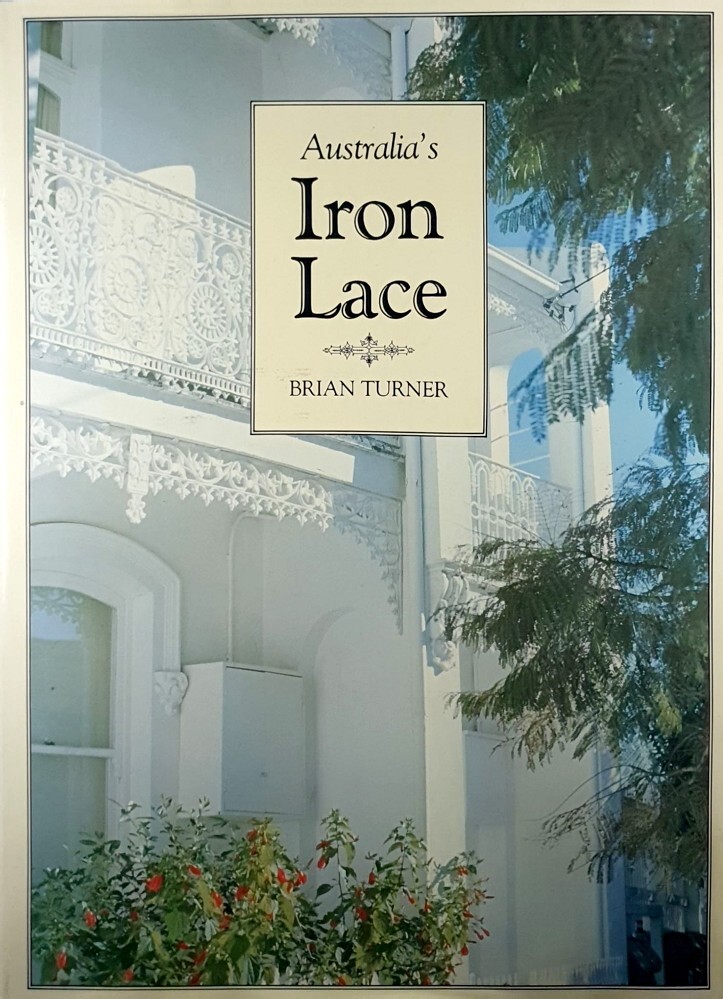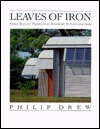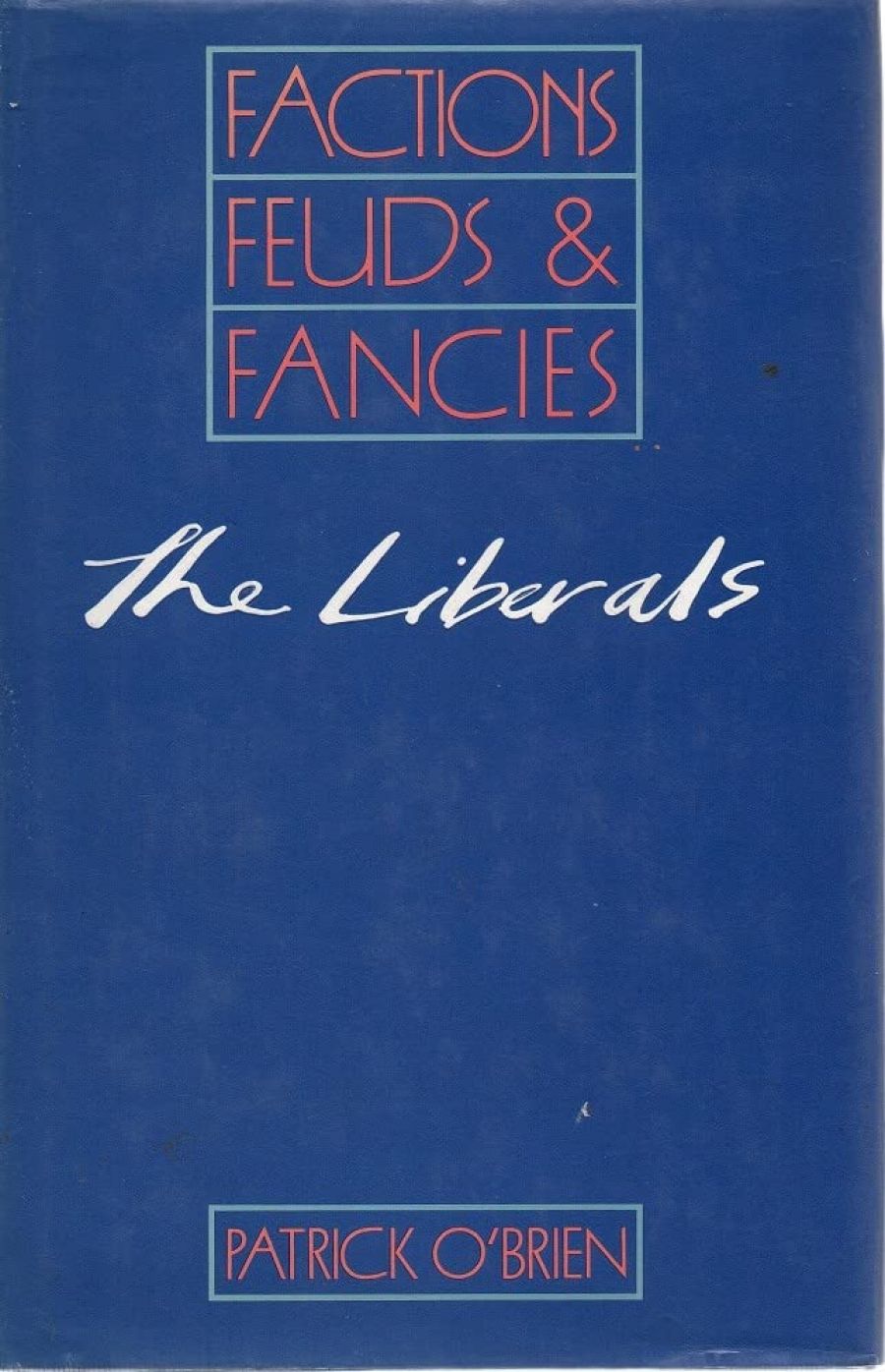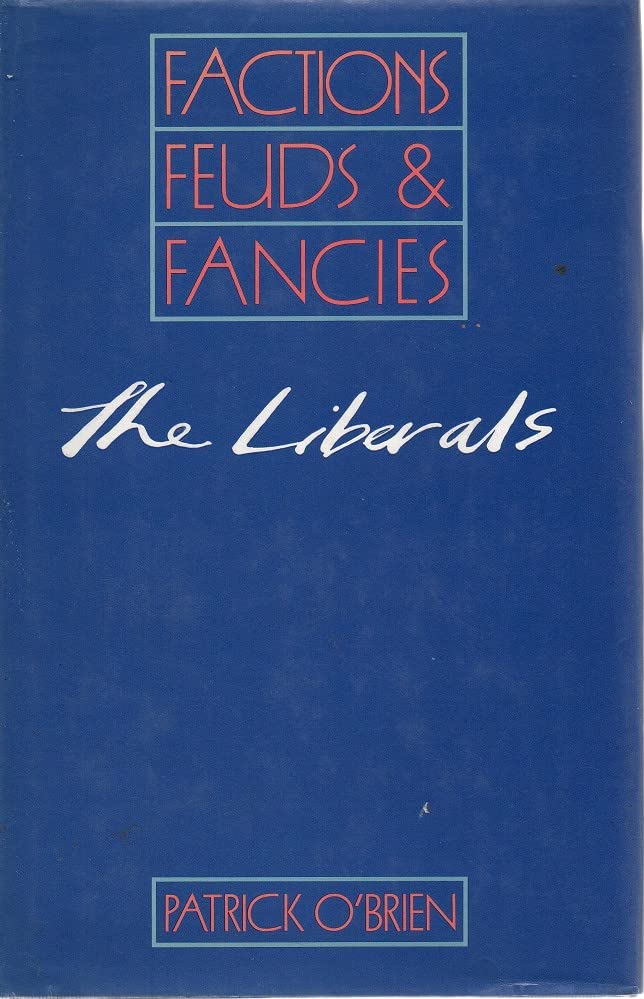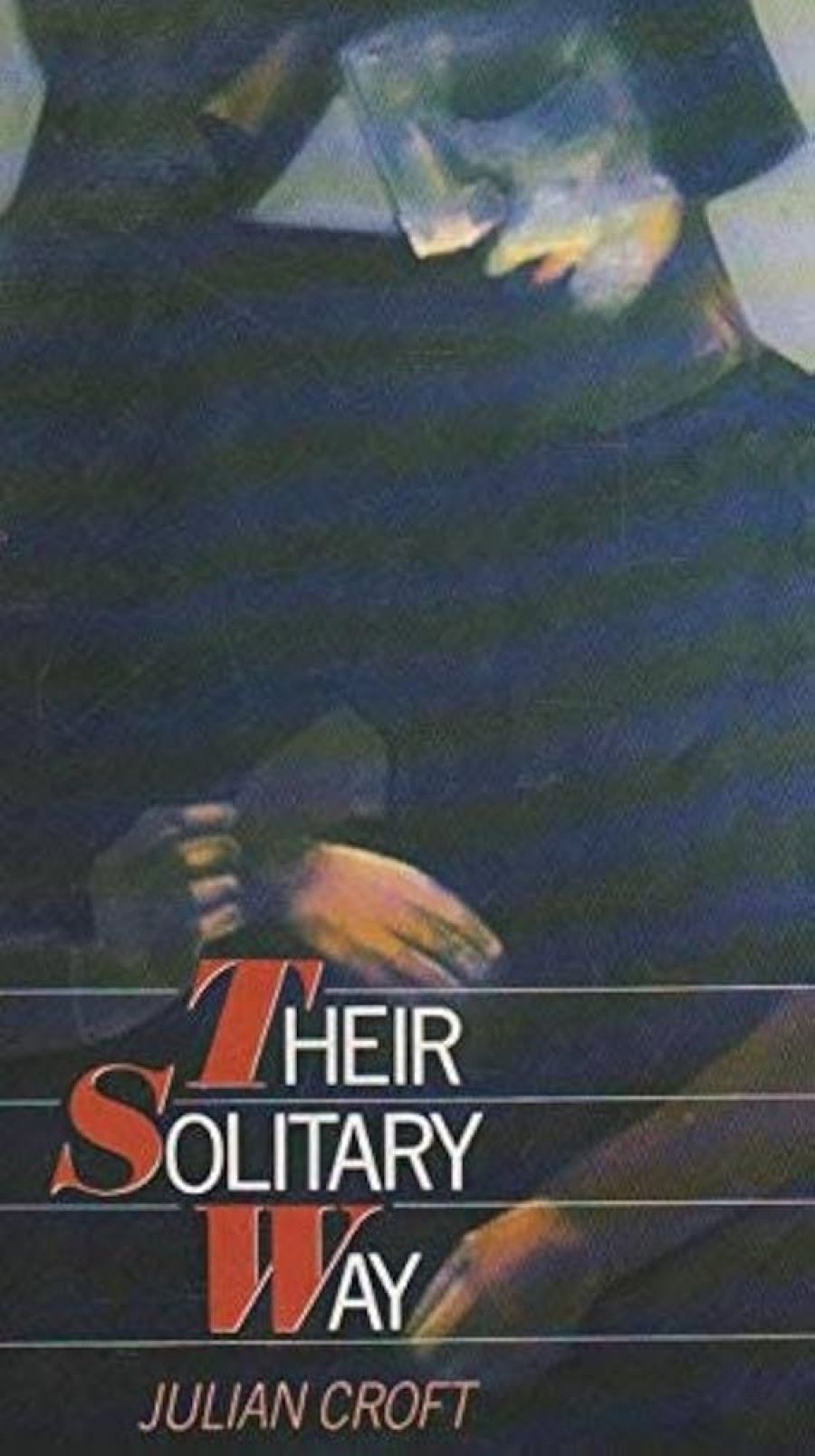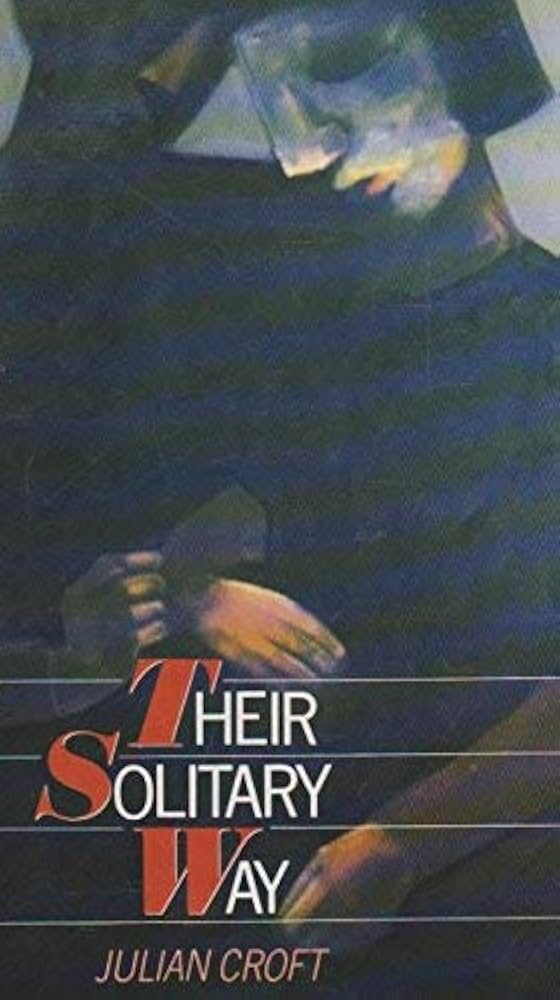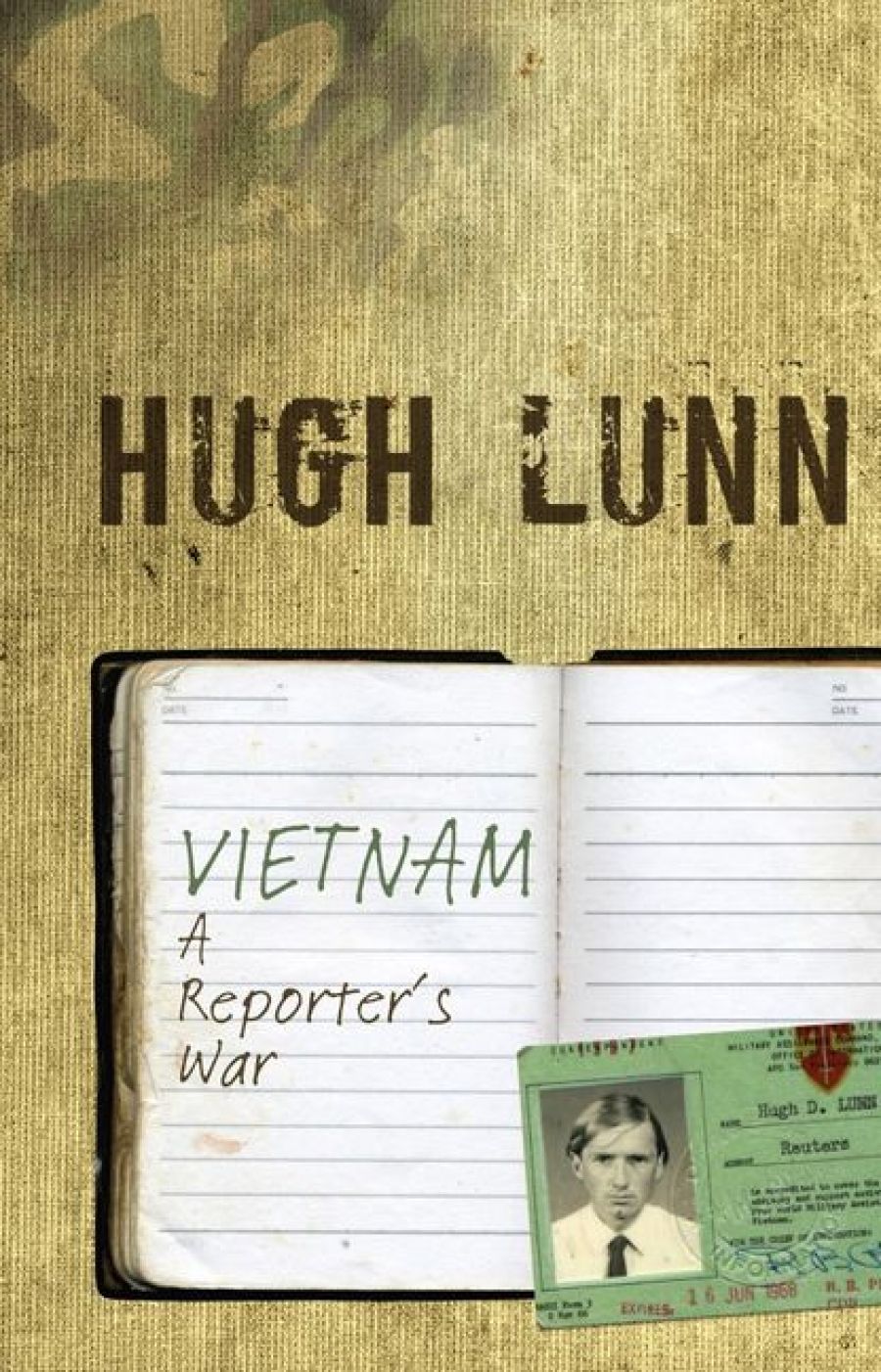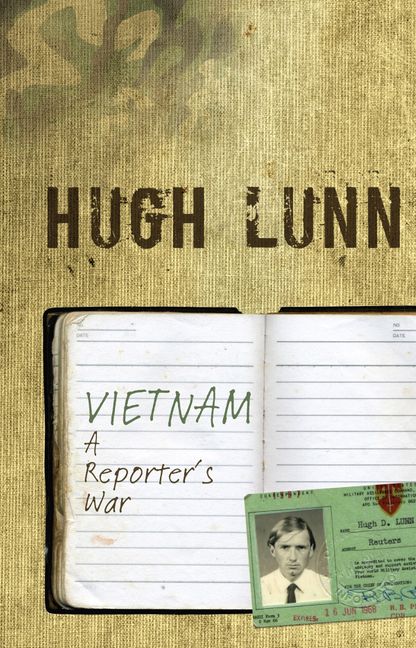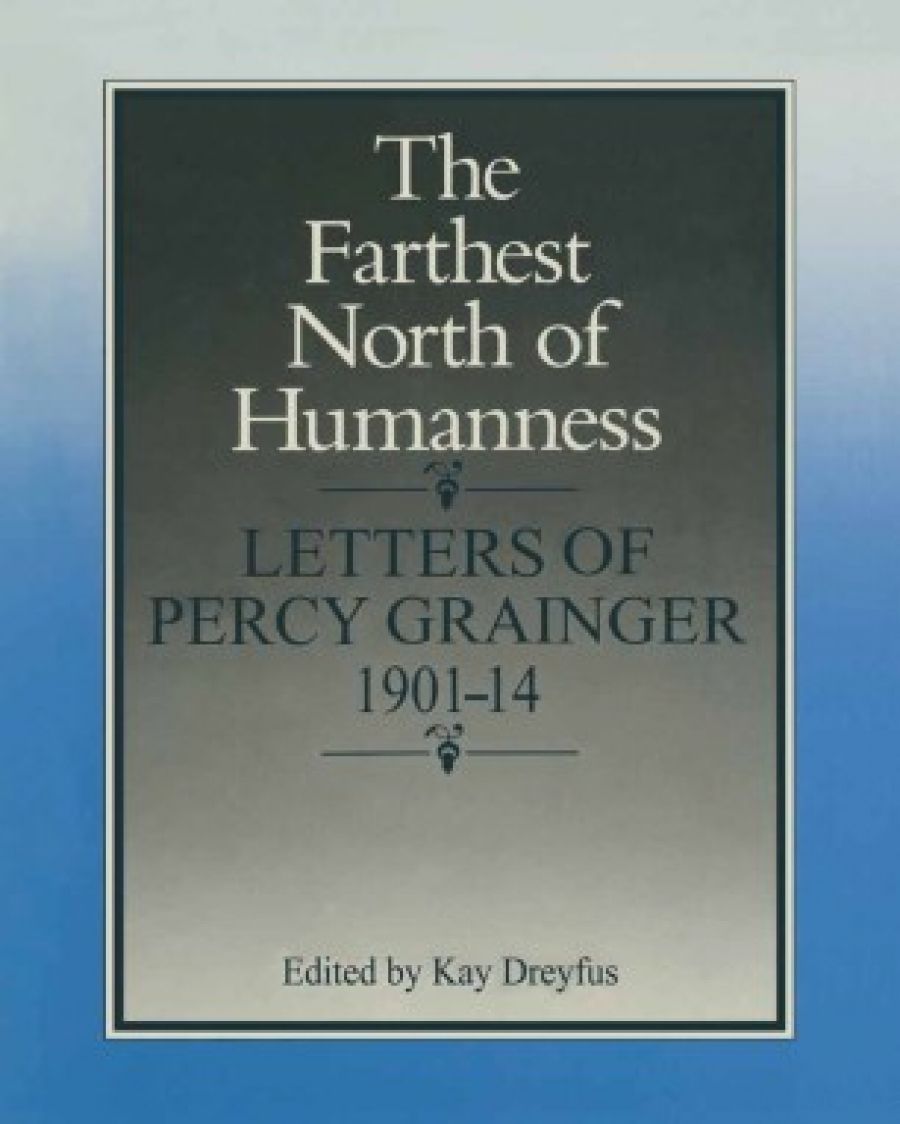
- Free Article: No
- Contents Category: Letter collection
- Review Article: Yes
- Online Only: No
- Custom Highlight Text:
Some years ago a perky little tune used to introduce Jong Amis’s programme, Talking About Music. Stravinsky, I thought, listening to the cupped trumpets. But no, the BBC had chosen a piece, by our very own Percy Grainger. Surprise number two occurred when it was announced a few years later that Benjamin Britten himself was conducting an all-Grainger programme in London’s Festival Hall. Could this be the same Percy Grainger, he of the museum built like a public lavatory, said to contain photographs of all the great composers specially endowed with Nordic blue eyes? It was. Never was the point more forcefully made than when Philip Jones, performing with his Brass Ensemble in Melbourne in 1982, stepped forward on the platform of the Concert Hall to ask, with an English solicitude for the proprieties, for permission to play a piece by Grainger to honour the centenary day of the composer’s birth. The audience was a little puzzled.
- Book 1 Title: The Farthest North of Humanness
- Book 1 Subtitle: Letters of Percy Grainger
- Book 1 Biblio: Macmillan, 532 pp, $50 hb
Some years ago a perky little tune used to introduce Jong Amis’s programme, Talking About Music. Stravinsky, I thought, listening to the cupped trumpets. But no, the BBC had chosen a piece, by our very own Percy Grainger. Surprise number two occurred when it was announced a few years later that Benjamin Britten himself was conducting an all-Grainger programme in London’s Festival Hall. Could this be the same Percy Grainger, he of the museum built like a public lavatory, said to contain photographs of all the great composers specially endowed with Nordic blue eyes? It was. Never was the point more forcefully made than when Philip Jones, performing with his Brass Ensemble in Melbourne in 1982, stepped forward on the platform of the Concert Hall to ask, with an English solicitude for the proprieties, for permission to play a piece by Grainger to honour the centenary day of the composer’s birth. The audience was a little puzzled.


